The Fire Sermon Quiz : Overview of The Fire Sermon (Section III of The Waste Land)
In this section of The Waste Land, T. S. Eliot presents a world of spiritual emptiness and moral decay. The title, The Fire Sermon, comes from a sermon by Buddha, where he warns against the fires of passion, desire, and suffering. Eliot connects this idea to modern life, showing how people are trapped in lust and meaningless relationships.
The section begins with a description of the polluted River Thames, symbolizing moral corruption. Eliot refers to past literature, including Spenser’s Prothalamion and Shakespeare’s The Tempest, to contrast the lost purity of the past with the present decay. The poet also brings in the myth of Tiresias, the blind prophet, who witnesses a dull and loveless sexual encounter between a typist and a clerk. This scene represents the mechanical and emotionless nature of modern relationships.
Religious themes run throughout the section, as Eliot mixes Hindu, Buddhist, and Christian ideas. He refers to St. Augustine’s confession about his sinful youth and Buddha’s teachings on overcoming desire. In the end, Eliot hints at purification and redemption, but the world remains caught in suffering and emptiness.
Overall, The Fire Sermon highlights the moral decline of society, the loss of true passion, and the need for spiritual awakening.
The Fire Sermon Quiz
Previous Quiz : A Game of Chess Quiz : 20 MCQs
Discover more from Gyankundli
Subscribe to get the latest posts sent to your email.
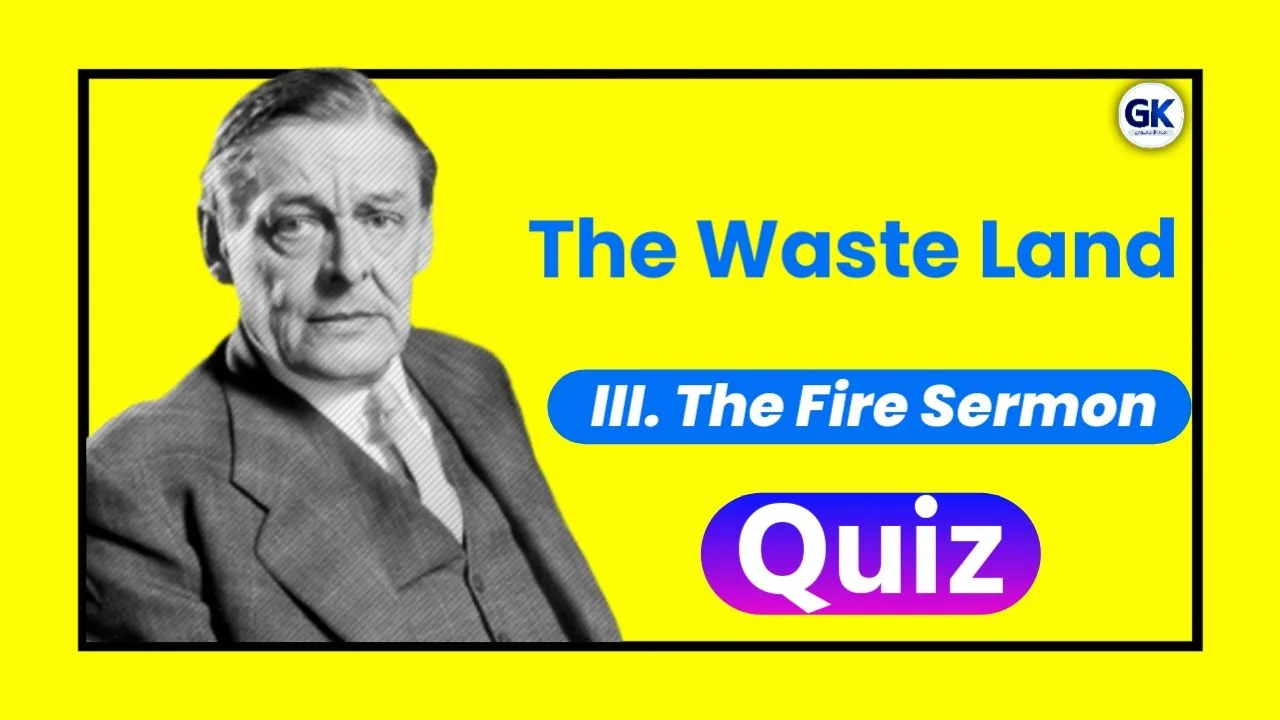
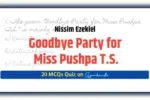


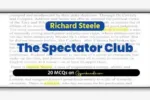
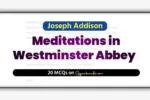
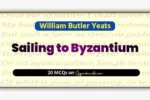
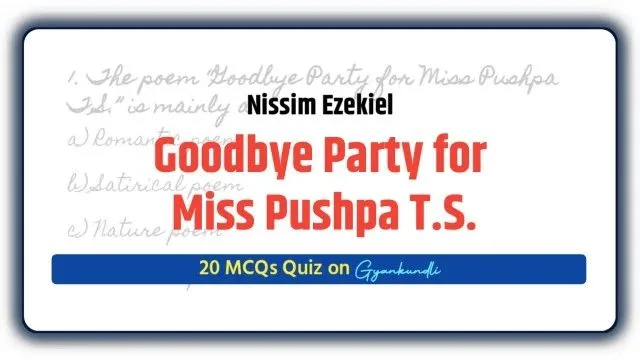
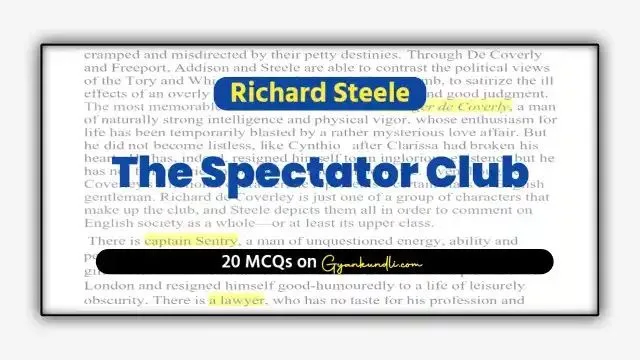
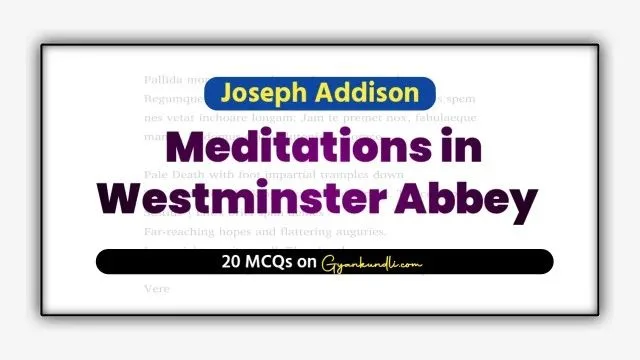
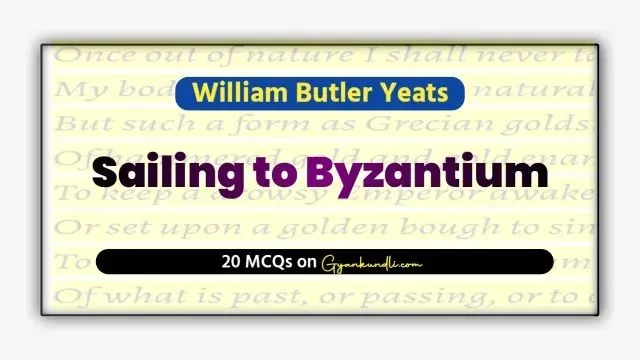
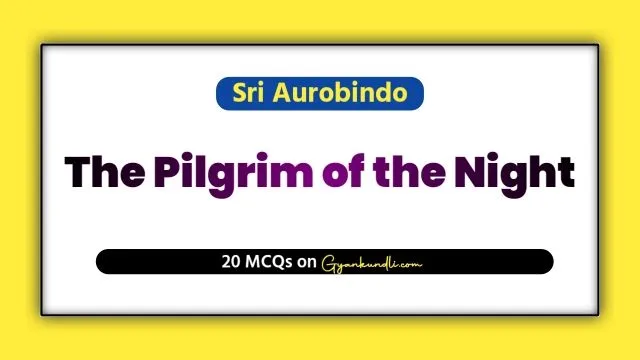





Please upload Education psychology and ICT MCQ for first grade 🙏🏻🙏🏻
Sure